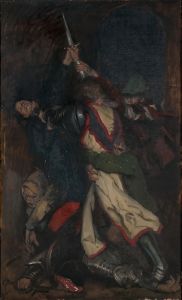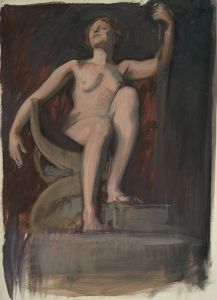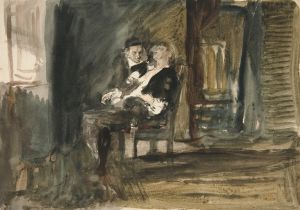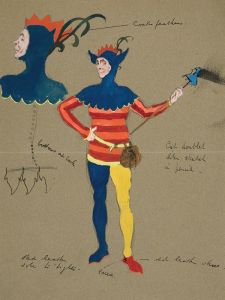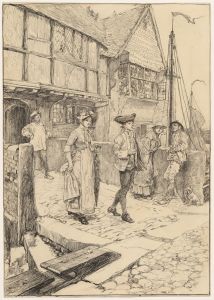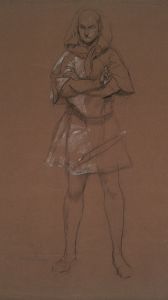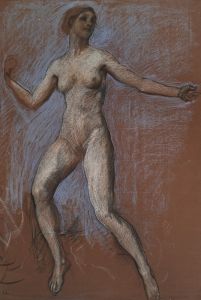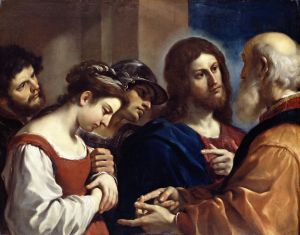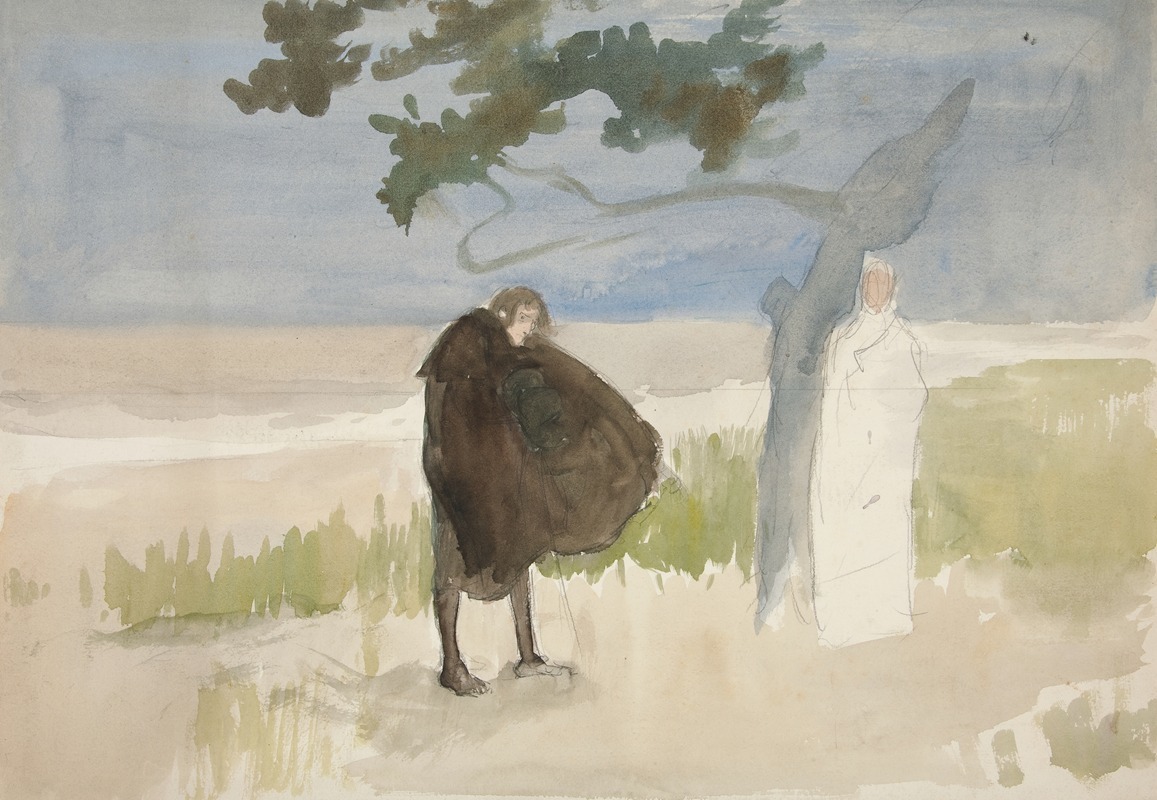
Study for ‘The Scarlet Letter’
A hand-painted replica of Edwin Austin Abbey’s masterpiece Study for ‘The Scarlet Letter’, meticulously crafted by professional artists to capture the true essence of the original. Each piece is created with museum-quality canvas and rare mineral pigments, carefully painted by experienced artists with delicate brushstrokes and rich, layered colors to perfectly recreate the texture of the original artwork. Unlike machine-printed reproductions, this hand-painted version brings the painting to life, infused with the artist’s emotions and skill in every stroke. Whether for personal collection or home decoration, it instantly elevates the artistic atmosphere of any space.
Edwin Austin Abbey's "Study for ‘The Scarlet Letter’" is a notable work by the American artist, who was renowned for his illustrations and paintings, particularly those inspired by literature and historical themes. Abbey, born in 1852 in Philadelphia, Pennsylvania, was a prominent figure in the late 19th and early 20th centuries, known for his detailed and evocative works.
This particular study is connected to Nathaniel Hawthorne's classic novel "The Scarlet Letter," published in 1850. The novel is set in 17th-century Puritan Massachusetts and tells the story of Hester Prynne, who is condemned to wear a scarlet "A" on her chest as punishment for adultery. Abbey's interest in literary subjects is well-documented, and his work often reflects a deep engagement with the texts he chose to illustrate.
"Study for ‘The Scarlet Letter’" is one of Abbey's many works that delve into the rich narrative and emotional depth of literary classics. While specific details about this particular study are limited, it is consistent with Abbey's broader oeuvre, which frequently involved preparatory studies and sketches that informed his larger, more finished pieces. These studies were crucial to Abbey's process, allowing him to explore composition, character, and mood before committing to a final version.
Abbey's artistic style is characterized by its attention to detail and historical accuracy, often incorporating elements of the period in which the narrative is set. His works are known for their dramatic use of light and shadow, as well as their ability to capture the psychological complexity of the characters. In the context of "The Scarlet Letter," Abbey would likely have focused on the emotional turmoil and societal pressures faced by Hester Prynne, as well as the austere and judgmental nature of the Puritan community.
Throughout his career, Abbey was associated with the Pre-Raphaelite movement and was influenced by the works of artists such as John Everett Millais and Dante Gabriel Rossetti. This influence is evident in his meticulous attention to detail and his use of vibrant colors and intricate patterns.
Abbey's contributions to art were recognized during his lifetime, and he was elected to the National Academy of Design in 1902. His works continue to be appreciated for their narrative depth and historical richness. While "Study for ‘The Scarlet Letter’" may not be as widely known as some of his other pieces, it remains an important part of his exploration of literary themes and his dedication to capturing the essence of the stories he illustrated.
In summary, Edwin Austin Abbey's "Study for ‘The Scarlet Letter’" exemplifies his skill in translating literary narratives into visual art, reflecting both the emotional and historical dimensions of Hawthorne's novel. Abbey's legacy as an artist who bridged literature and visual art remains significant, and his studies offer valuable insights into his creative process.





